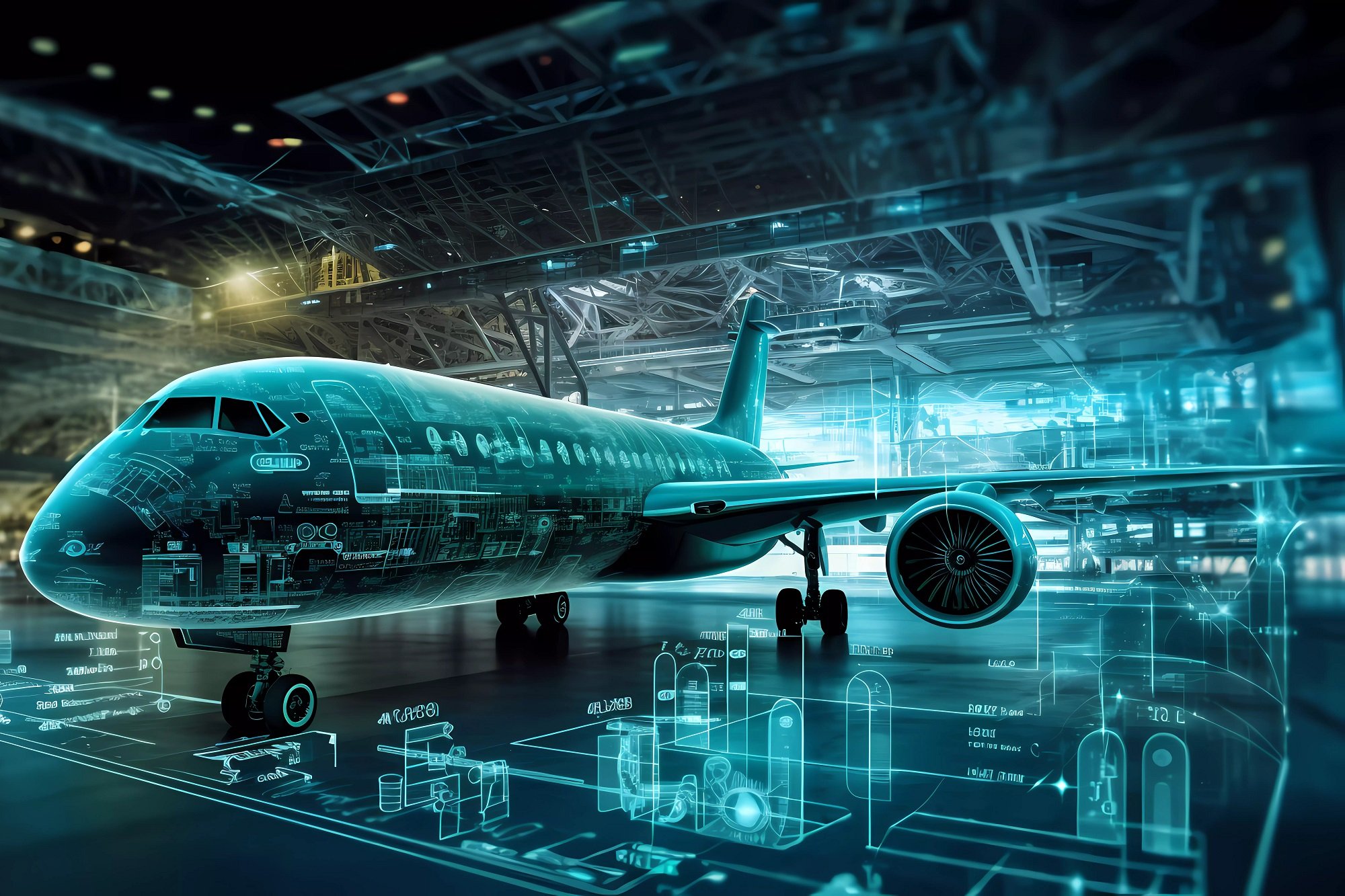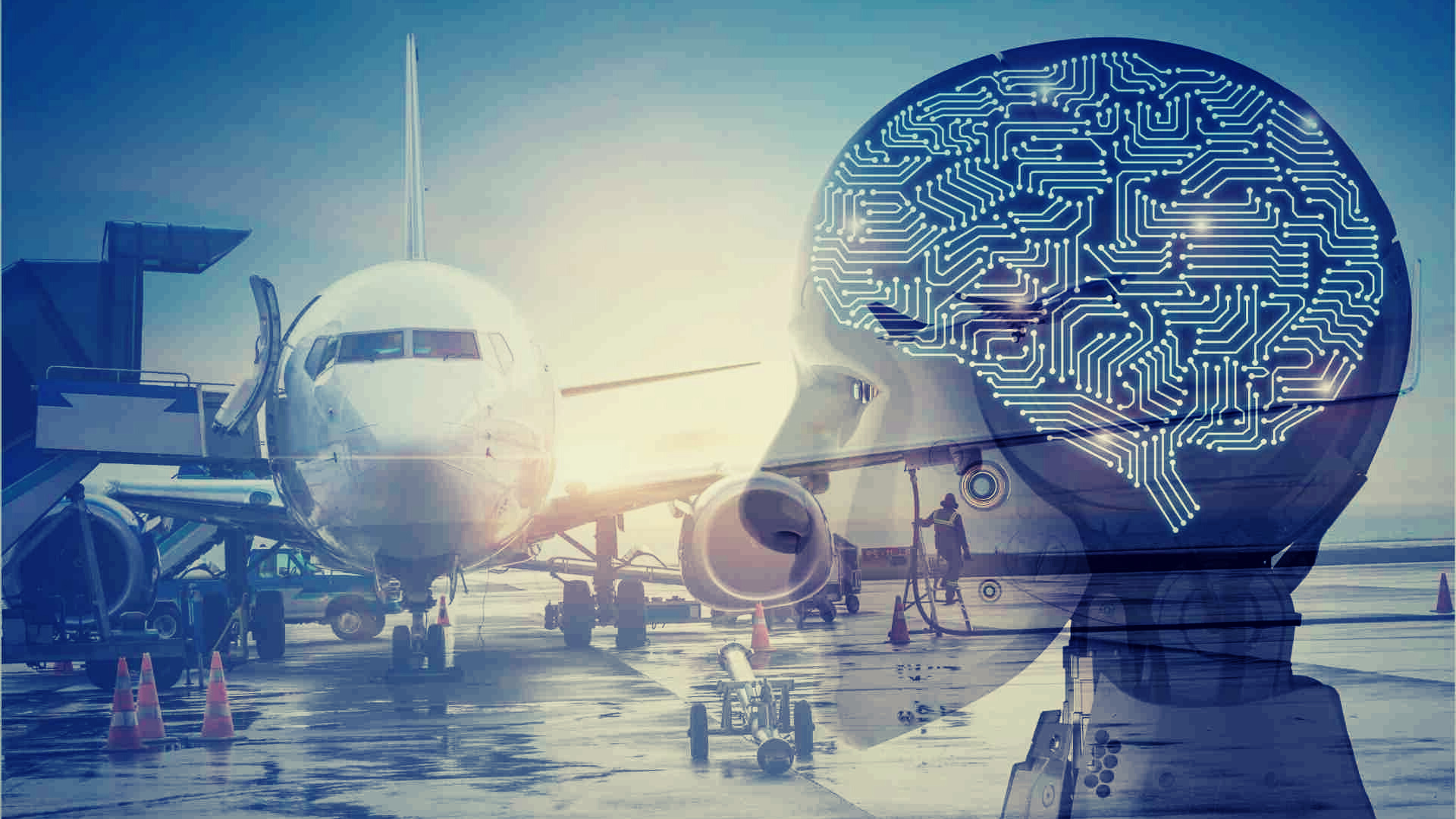The aviation industry has always been at the forefront of technological progress, but the rapid adoption of digital innovation in the last decade has pushed its transformation to an entirely new level.
Today, airlines, airports, and aerospace organizations are heavily investing in airline software solutions to modernize operations, enhance passenger experience, and ensure safety.
From automation-driven processes to artificial intelligence (AI) and the Internet of Things (IoT), digital transformation is reshaping every touchpoint in aviation, making it more efficient, sustainable, and customer-centric.
The Shift Towards Digital Transformation in Aviation
The aviation sector is traditionally complex, involving multiple stakeholders—airlines, airports, regulators, maintenance providers, and customers.
With rising passenger volumes, tightening regulations, and increasing competition, aviation organizations are compelled to optimize processes. Digital solutions and automation are no longer optional but critical for survival.
Airlines are deploying technologies to streamline:
- Flight operations – real-time scheduling, fuel optimization, and route management.
- Ground handling – baggage tracking, automated boarding, and digital check-ins.
- Customer experience – mobile apps, contactless boarding passes, and AI-powered chatbots.
- Safety and compliance – predictive analytics for maintenance, compliance monitoring, and risk management.
Key Areas Where Digital Solutions Are Driving Change
Digital transformation in aviation spans across operations, customer service, maintenance, and revenue management. Below are the most impactful areas:
1. Smart Airport Operations
Airports are leveraging digital automation to manage traffic, reduce delays, and provide seamless passenger journeys. Biometric boarding systems, self-service kiosks, and AI-based crowd management are becoming common.
2. Predictive Maintenance
Aircraft maintenance is a costly but crucial part of aviation safety. Through IoT sensors and predictive analytics, airlines can detect potential faults before they occur, reducing downtime and avoiding expensive repairs.
3. Passenger Experience
From booking tickets to boarding the plane, every passenger touchpoint can be digitized. Personalized mobile notifications, real-time updates, inflight Wi-Fi, and AI-driven recommendations create a more enjoyable journey.
4. Revenue Management and Dynamic Pricing
Automation enables airlines to adjust ticket pricing dynamically based on demand, competition, and external conditions like weather. This ensures maximum profitability while maintaining competitiveness.
5. Sustainable Aviation
Digital tools also support sustainability by optimizing flight paths, reducing fuel consumption, and integrating data to support carbon emission reduction initiatives.
Automation in Aviation: Beyond Efficiency
While efficiency is a major driver of automation in aviation, the benefits go further:
- Safety Improvements – Automated systems reduce the chance of human error in flight navigation and ground operations.
- Cost Savings – Automating routine processes lowers labor costs and reduces operational inefficiencies.
- Faster Decision-Making – Real-time data analytics empower airlines and airports to make quicker, more informed decisions.
- Scalability – Automation allows airlines to handle larger volumes of passengers and flights without proportionally increasing resources.
Automation, when integrated with human oversight, creates a powerful synergy that enhances the reliability and safety of aviation systems.
The Role of Artificial Intelligence in Aviation
Artificial Intelligence (AI) is perhaps the most disruptive force in aviation’s digital transformation. Its use cases include:
- AI-powered chatbots for customer support and bookings.
- Facial recognition systems for security and faster boarding.
- Predictive analytics for fuel optimization and maintenance schedules.
- AI-driven crew management for optimizing staff scheduling and fatigue monitoring.
AI not only enhances operations but also creates smarter, personalized services for passengers, setting a new industry standard.
Internet of Things (IoT) in Aviation
The IoT ecosystem connects sensors, devices, and systems to create an intelligent aviation infrastructure. Examples include:
- Smart baggage tracking with RFID tags.
- Aircraft health monitoring systems using sensors.
- Real-time flight data sharing between aircraft and ground control.
- Passenger flow optimization through connected devices in airports.
By enabling constant connectivity, IoT reduces uncertainty, increases efficiency, and improves transparency for all stakeholders.
Case Study: Digital Airlines Leading the Way
Airlines like Emirates, Singapore Airlines, and Delta are leading digital transformation by adopting innovative technologies:
- Delta Airlines introduced biometric boarding and RFID-based baggage tracking.
- Singapore Airlines uses AI-driven mobile applications to personalize the passenger journey.
- Emirates integrates automation into every step, from ticket booking to in-flight services.
These examples show that early adoption of digital and automation solutions provides airlines with a significant competitive advantage.
Challenges of Digital Transformation in Aviation
Despite its benefits, digitalization brings several challenges:
- High Initial Investment – Deploying advanced systems requires large financial resources.
- Cybersecurity Risks – More connectivity increases exposure to cyber threats.
- Integration Issues – Merging digital tools with legacy systems can be complex.
- Regulatory Compliance – Airlines must adhere to strict aviation and data privacy regulations.
Overcoming these hurdles requires a balanced approach, combining innovative technology with strong governance frameworks.
Future of Aviation: A Fully Digital Ecosystem
The aviation industry is heading toward a fully digital ecosystem where automation, AI, and IoT will integrate seamlessly. Future innovations may include:
- Autonomous aircraft operations with minimal human intervention.
- Blockchain-based ticketing to prevent fraud and enhance transparency.
- Advanced sustainability solutions such as digital twin technology for fuel efficiency.
- Hyper-personalization in services, offering passengers unique, tailored experiences.
These advancements will not only improve efficiency but also redefine the meaning of travel itself.
Comparison Table: Traditional Aviation vs Digital Aviation
| Aspect | Traditional Aviation | Digital Aviation (with Automation) |
| Ticket Booking | Manual, agent-driven | Online, AI-powered personalization |
| Check-in | Long queues, paper-based | Contactless, biometric-enabled |
| Maintenance | Reactive, scheduled | Predictive, sensor-driven |
| Pricing Models | Static | Dynamic, AI-driven |
| Customer Support | Call centers | 24/7 AI chatbots and self-service |
| Safety Monitoring | Human inspection only | AI + IoT predictive analytics |
List: Key Benefits of Digital and Automated Aviation
- Reduced operational costs.
- Improved passenger experience.
- Enhanced flight safety and reliability.
- Faster decision-making with real-time analytics.
- Increased sustainability and lower carbon emissions.
- Greater flexibility and scalability for airlines.
- Enhanced competitiveness in the global market.
Conclusion
The aviation industry is undergoing one of the most significant transformations in its history, fueled by digital innovation and automation.
From airline software solutions to AI, IoT, and predictive analytics, technology is reshaping operations, passenger services, and sustainability.
While challenges such as cybersecurity and regulatory compliance remain, the opportunities outweigh the risks. Airlines and airports that embrace digital transformation today will position themselves as leaders in efficiency, safety, and customer satisfaction tomorrow.
In 2025 and beyond, aviation will be more intelligent, connected, and customer-centric than ever before, proving that the sky is not the limit but the beginning of a digitally empowered journey.


